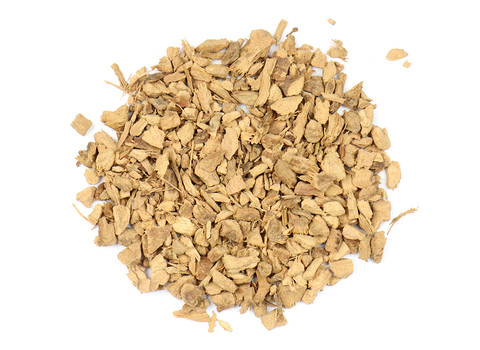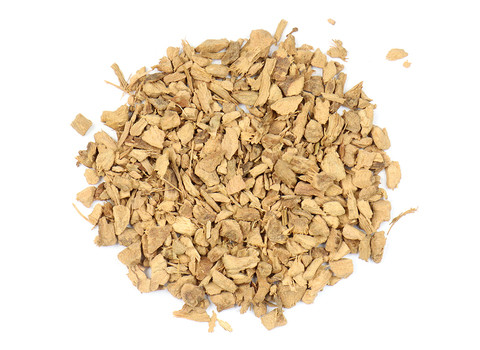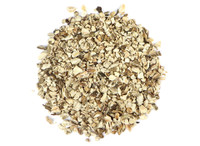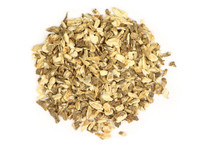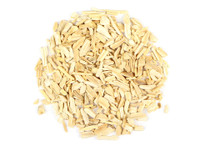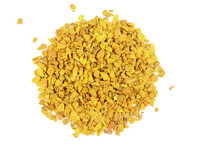-
Product Description
COMMON NAME
Standardized: lesser galangal
Other: Chinese galangal, Chinese gingerBOTANICAL NAME
Alpinia officinarum Hance
Plant Family: ZingiberaceaeOVERVIEW
Galangal is an East Asian tropical shrub with lance-like leaves, iris-like flowers, and reddish brown, woody rhizomes. It grows mainly in the Eastern Himalayas and Southwest India, and was introduced to Europe in the 9th century. Saint Hildegard of Bingen (1098-1179 C.E.) referred to galangal as the spice of life and used it in many of her formulas. The name galangal is derived from the Arabic khalanjan, referring to Chinese ginger, whose family it is a member of. Galangal is an important herb in Saudi herbal medicine. It is used in many magical workings throughout the world. One reported use is that if you spit the juice from chewing this root on the floor of a courtroom before the judge enters, you will win the case.PARTS USED
Dried root.TYPICAL PREPARATIONS
Teas and extracts. Added to aloe to reduce its harsh laxative effect. The chopped root can be added to culinary dishes and the powdered herb is more convenient for making tinctures, but should be used within 1 year of purchase. May also be taken as a tea, extract or capsule.PRECAUTIONS
No known precautions.
We recommend that you consult with a qualified healthcare practitioner before using herbal products, particularly if you are pregnant, nursing, or on any medications.This information has not been evaluated by the Food and Drug Administration. This product is not intended to diagnose, treat, cure, or prevent any disease. For educational purposes only.
-
Product Reviews
-
Find Similar Products by Category

